The “IoT Agricultural Monitoring Project Components” document offers an extensive exploration of the essential components, advanced features, and versatile applications of Internet of Things (IoT) technology in agricultural monitoring. As the global population continues to grow, efficient and sustainable farming practices become paramount iot based smart agriculture monitoring system project. and because This document delves into how IoT technology can revolutionize agriculture by providing real-time data, and enabling precision farming, and optimizing resource utilization.
In an era where the global population is poised to exceed nine billion, and the pursuit of efficient and sustainable farming practices has elevated to paramount importance. because Agriculture, being the bedrock of sustenance, and faces the monumental challenge of producing more food while conserving resources and mitigating environmental impact. and It is in response to this critical need that the document, and because titled “IoT-Based Smart Agriculture Monitoring System undertakes an exhaustive exploration into the transformative realm of precision agriculture, and magnified by the marvel of the Internet of Things (IoT).
“The IoT architecture inherently equips the system to deliver real-time data. This, in turn, empowers farmers to make timely decisions based on the dynamic conditions in their agricultural domains.
Precision Farming: The precision farming paradigm stands as the hallmark feature of this technology. Armed with a trove of data-driven insights, farmers can transcend the one-size-fits-all approach. They can embark on a nuanced and tailored approach to agriculture, calibrating resources precisely where needed.”
Components Required:
- ESP8266 NODEMCU
- Soil Moisture Sensor
- Breadboard
- DHT11
- LED’S
- Resistor’s
- 16 x 2 LCD Display
- I2C Module
- Potentiometer 10k Ohm
- Plastic
- Double sided Tape
- Electrical Tape
- Berg Strip
- General Purpose Wires
- USB to USB Cable
- Buzzer
- 9V Battery & Clip
- Rain Sensor
How It Works:
-
1. Sensor Nodes: Sensor nodes are deployed throughout the agricultural field and are equipped with various sensors to collect data. because These sensors can include soil moisture, and temperature, and humidity, and crop health sensors.
2. Gateway Devices: Gateway devices serve as the communication bridge between sensor nodes and the central server or cloud. because They collect data from sensors and transmit it securely.
3. Central Server/Cloud: A central server or cloud platform is the hub and where all the collected data is stored and processed. because It also provides a user interface for farmers to access real-time information.
4. Communication Network: A robust communication network, such as LoRa, NB-IoT, or Wi-Fi, connects sensor nodes to gateway devices and the central server.
5. User Interface: A user-friendly interface allows farmers to access data, and receive alerts, and make informed decisions. because This can be a web or mobile application.
Features:
-
1. Real-Time Data: IoT systems provide real-time data on soil conditions, but weather, and crop health. Farmers can make timely decisions based on this information.
2. Precision Farming: Data analytics enable precision farming practices, but optimizing water and but fertilizer usage and reducing waste.
3. Alerts and Notifications: Farmers receive alerts for adverse conditions like frost, pests, or drought, because allowing them to take proactive measures.
4. Remote Monitoring: Farmers can monitor their fields remotely, and reducing the need for physical presence and but saving time.
5. Historical Data Analysis: Historical data can be analyzed and because to make informed decisions about crop rotation, and planting times, and resource allocation.
Applications:
-
1. Crop Management: IoT systems assist in monitoring soil conditions, enabling precise irrigation and fertilization, because leading to because improved crop yields and reduced resource waste.
2. Weather Forecasting: Real-time weather data helps farmers anticipate adverse conditions and take preventive measures to protect crops.
3. Pest and Disease Control: IoT sensors can detect early and because signs of pest infestations or disease outbreaks, because allowing farmers to implement targeted interventions.
4. Livestock Monitoring: IoT can be used to track the health and location of livestock, and ensuring their well-being and optimizing feeding schedules.
5. Resource Optimization: By monitoring resource usage, because such as water and energy, and IoT helps reduce waste and environmental impact.
Conclusion:
In conclusion, so the components, advanced features, and diverse applications discussed in this document illustrate the transformative potential of IoT technology in agriculture. and By leveraging IoT for agricultural monitoring, because farmers can enhance crop yields, reduce resource consumption, and make data-driven decisions, so because contributing to more sustainable and because efficient farming practices iot based agriculture monitoring system project.
To Learn More Visit our Website
For more information:-www.mifraelectronics.com
* Product Images are shown for illustrative purposes only and may differ from actual product.
Packages includes:-
- 1 x “IOT Agricultural Monitoring Project Components.

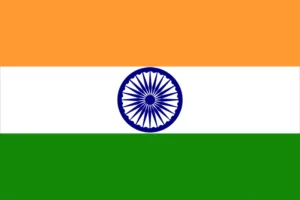

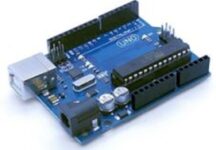

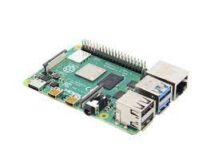
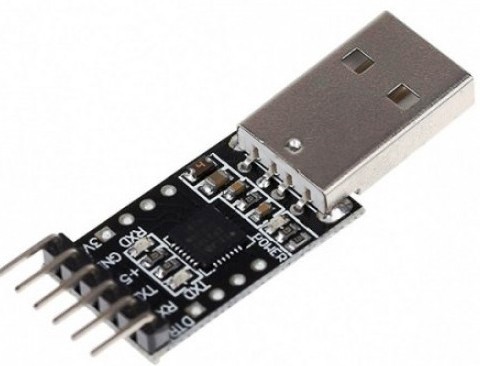
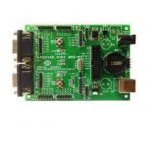
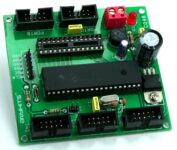
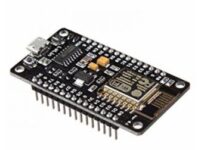
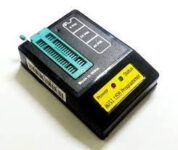
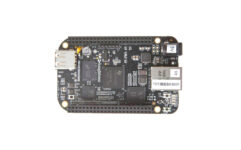
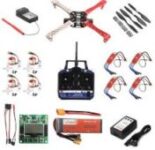
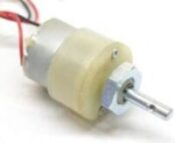

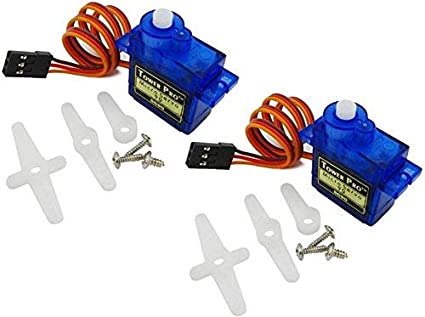
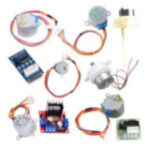
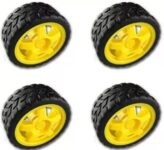
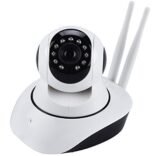
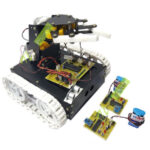
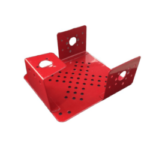

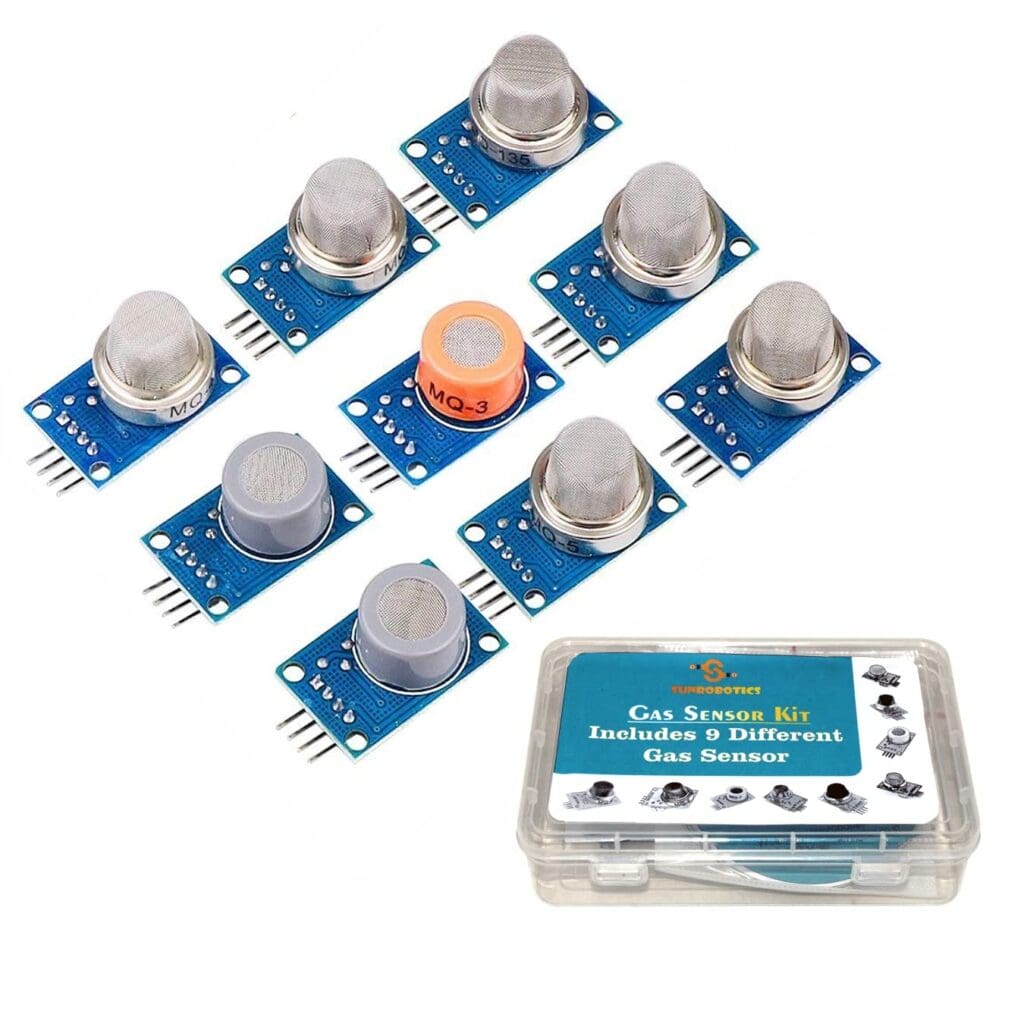
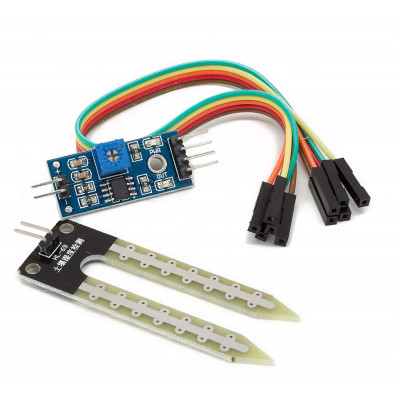
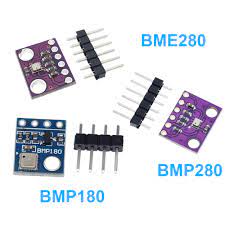
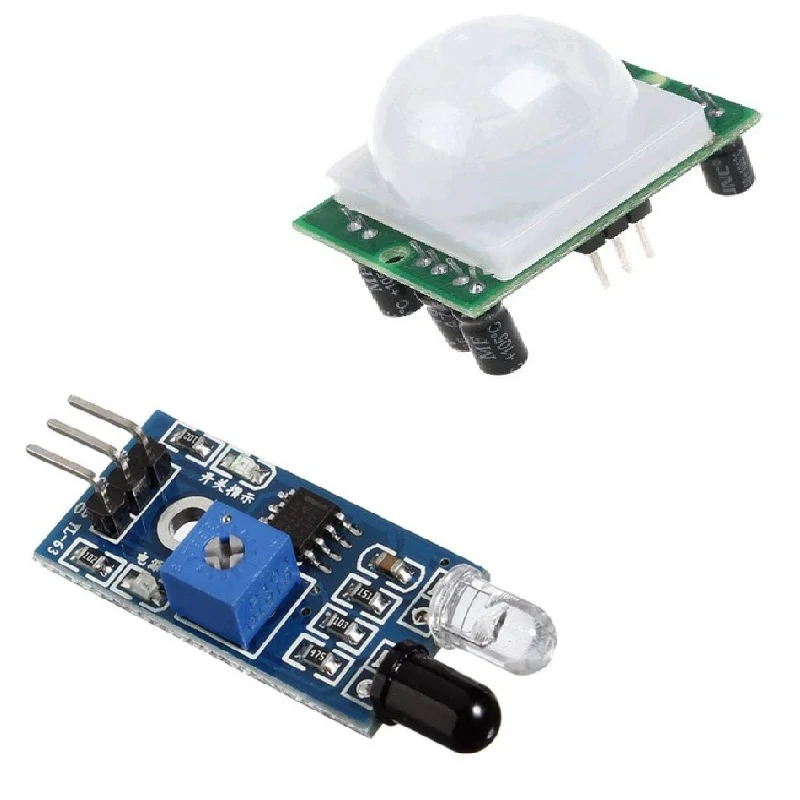


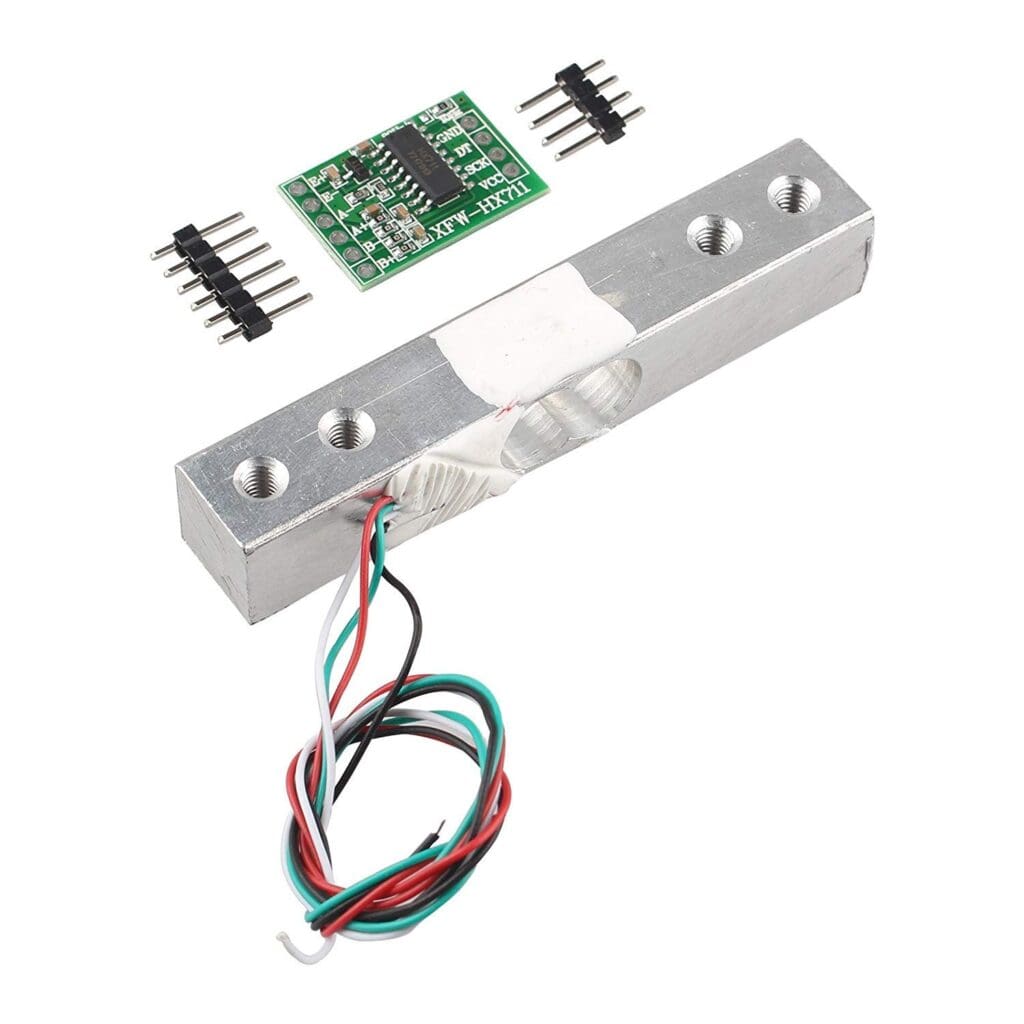

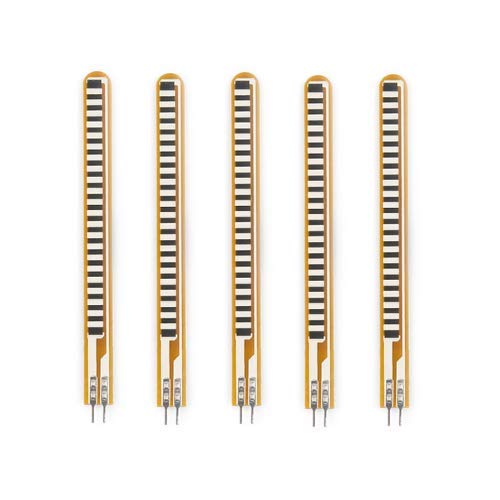

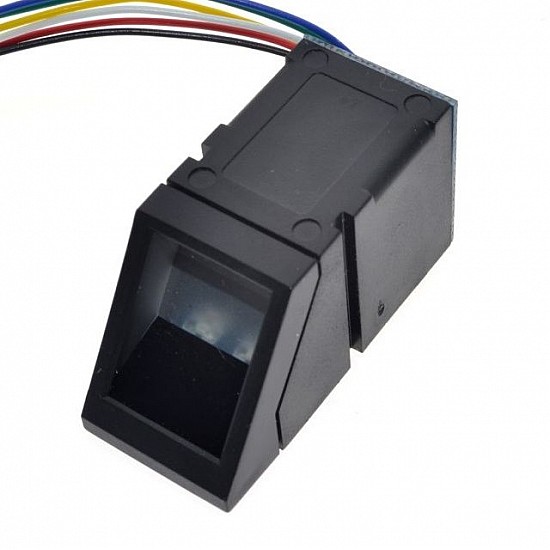
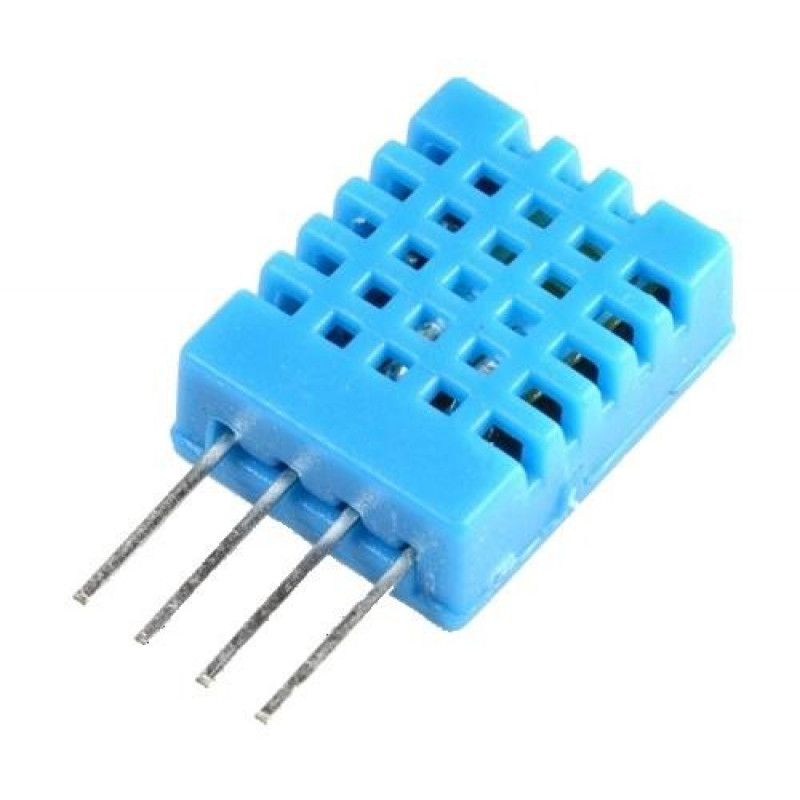

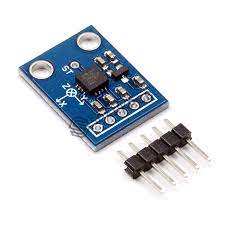
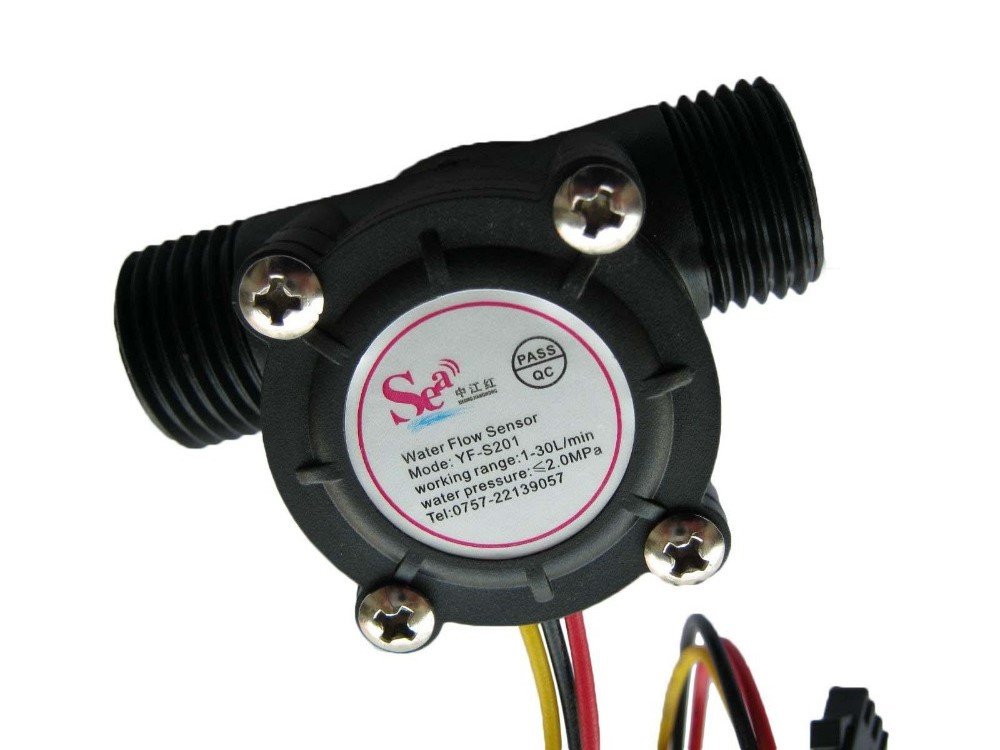
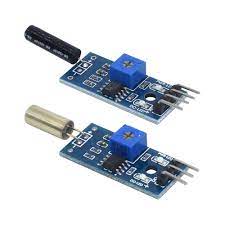
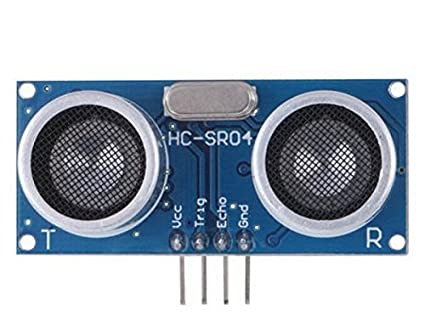

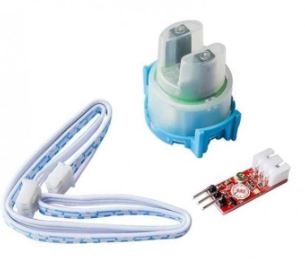

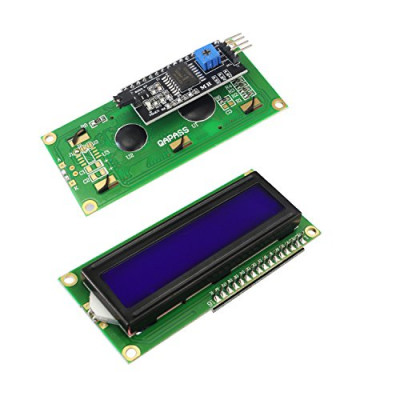
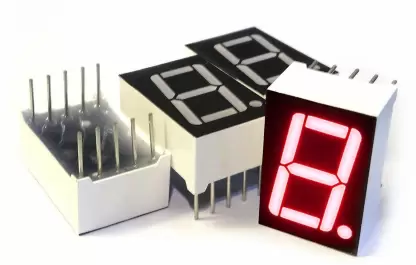
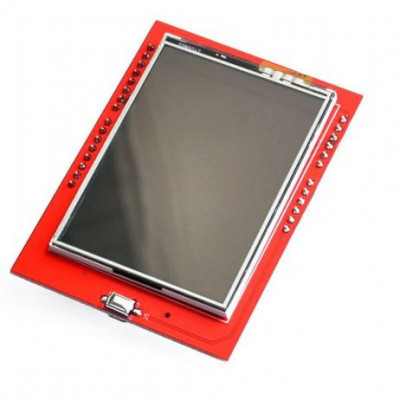
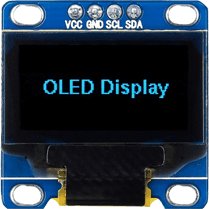
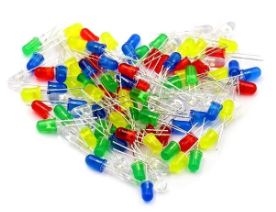
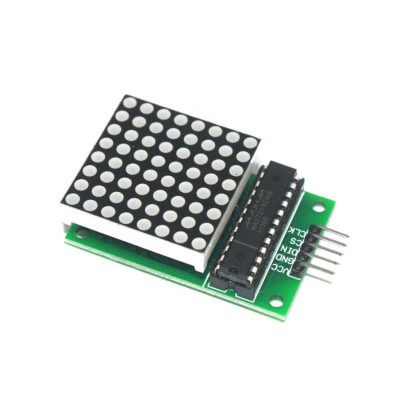
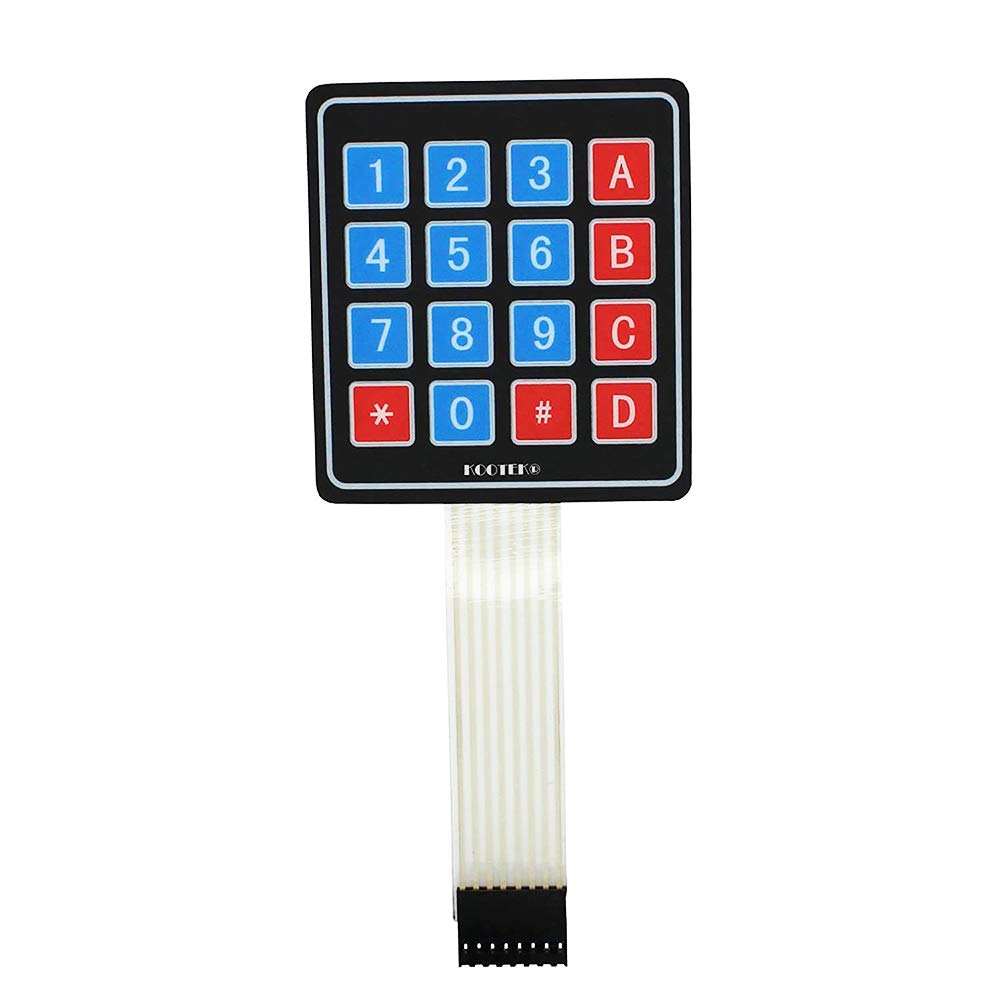
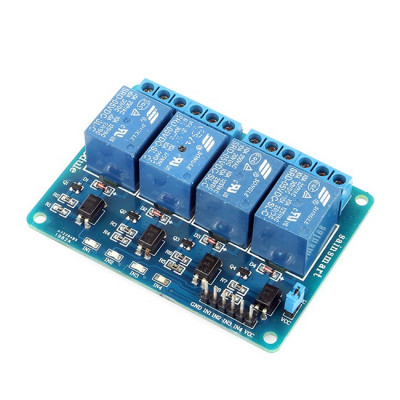
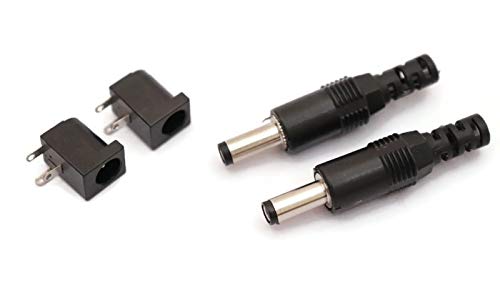

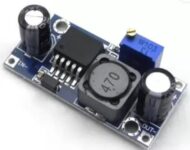
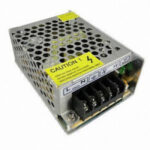

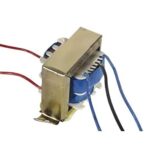

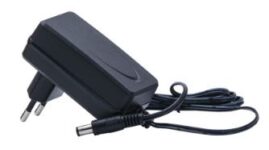

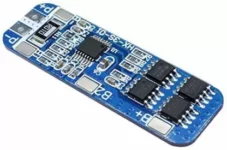
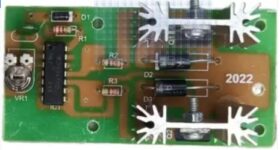
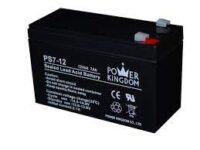
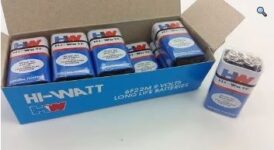
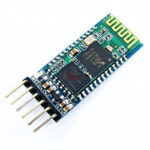
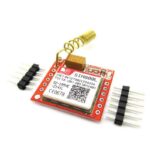
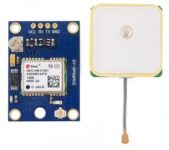
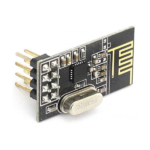
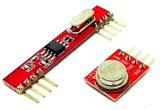
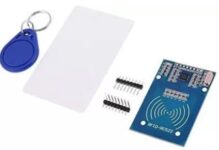
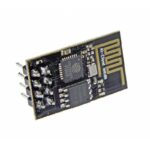
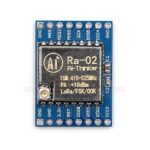
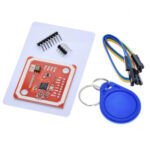
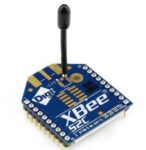
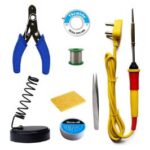
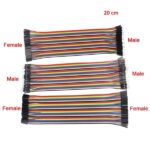
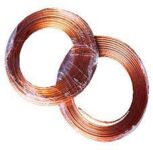


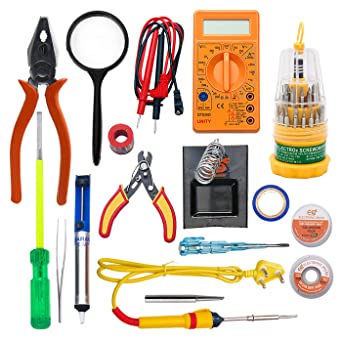


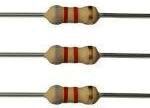
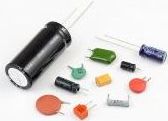
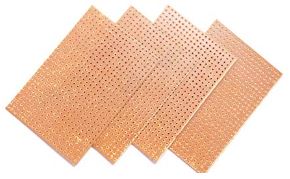

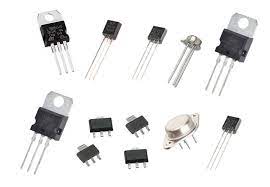
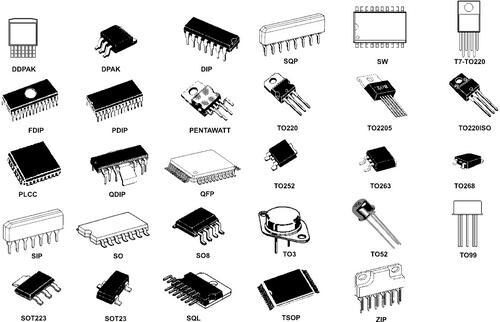
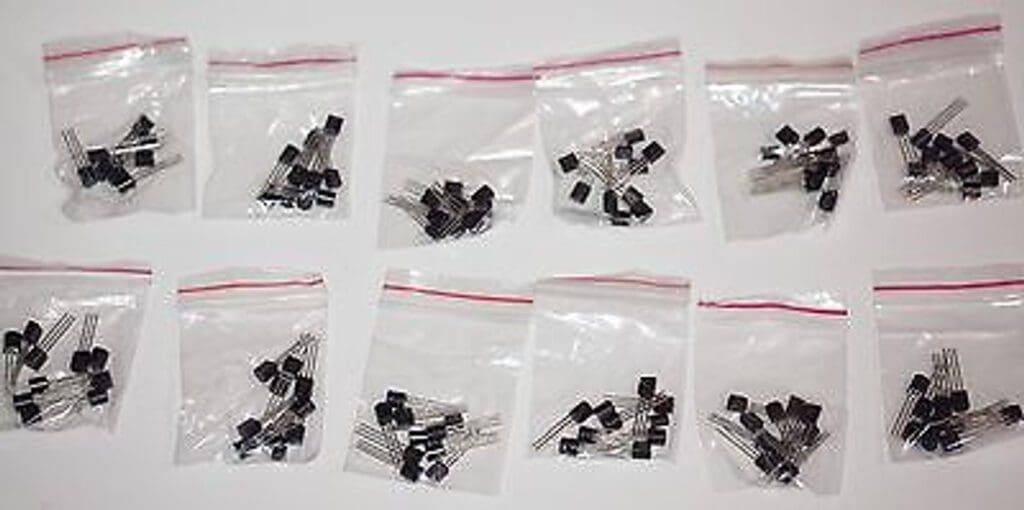
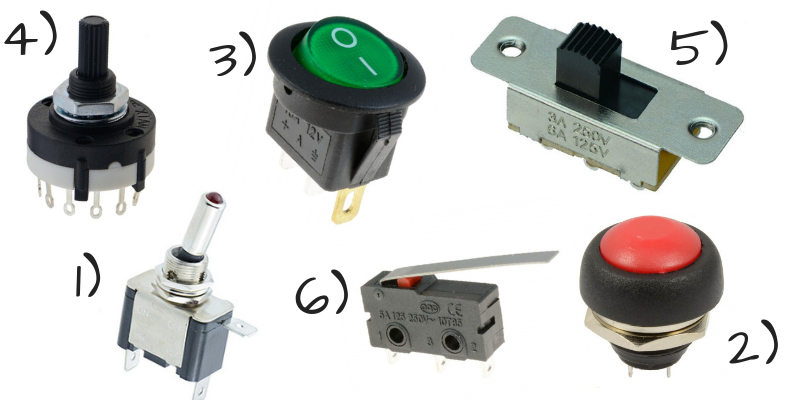
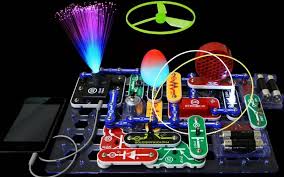


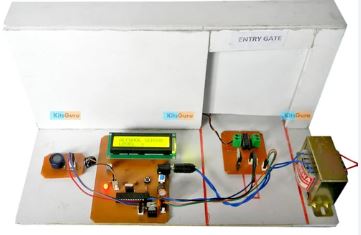
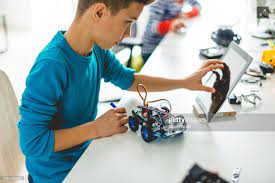
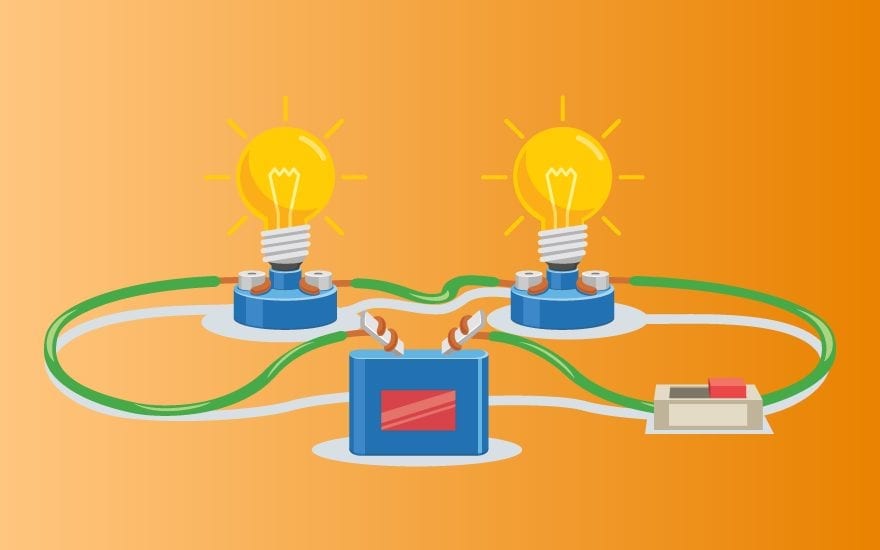
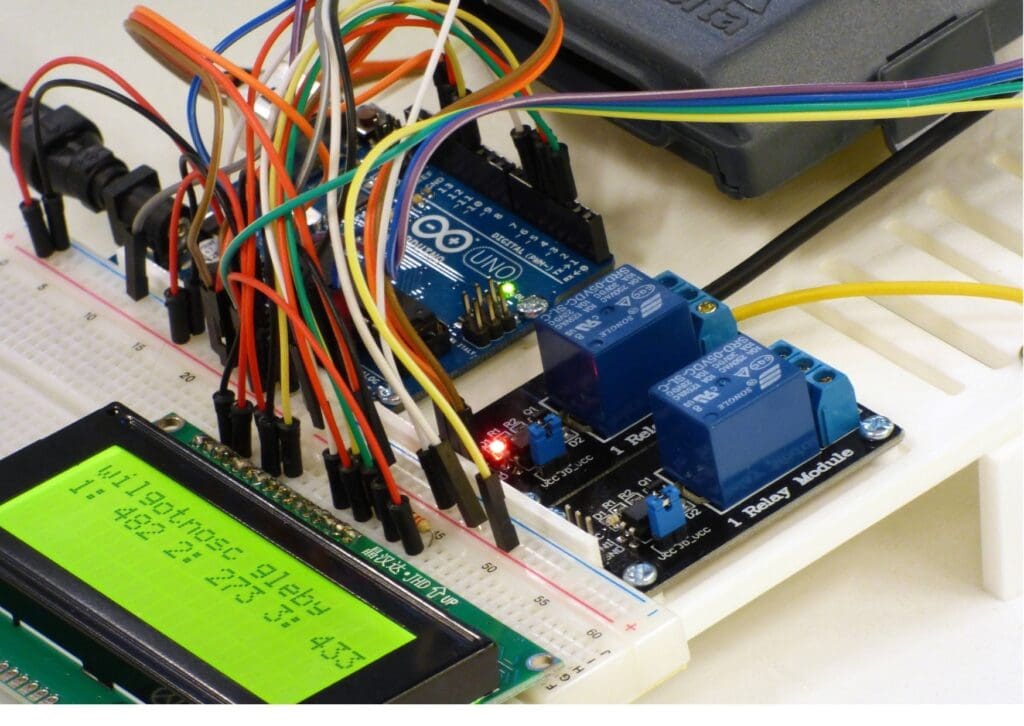
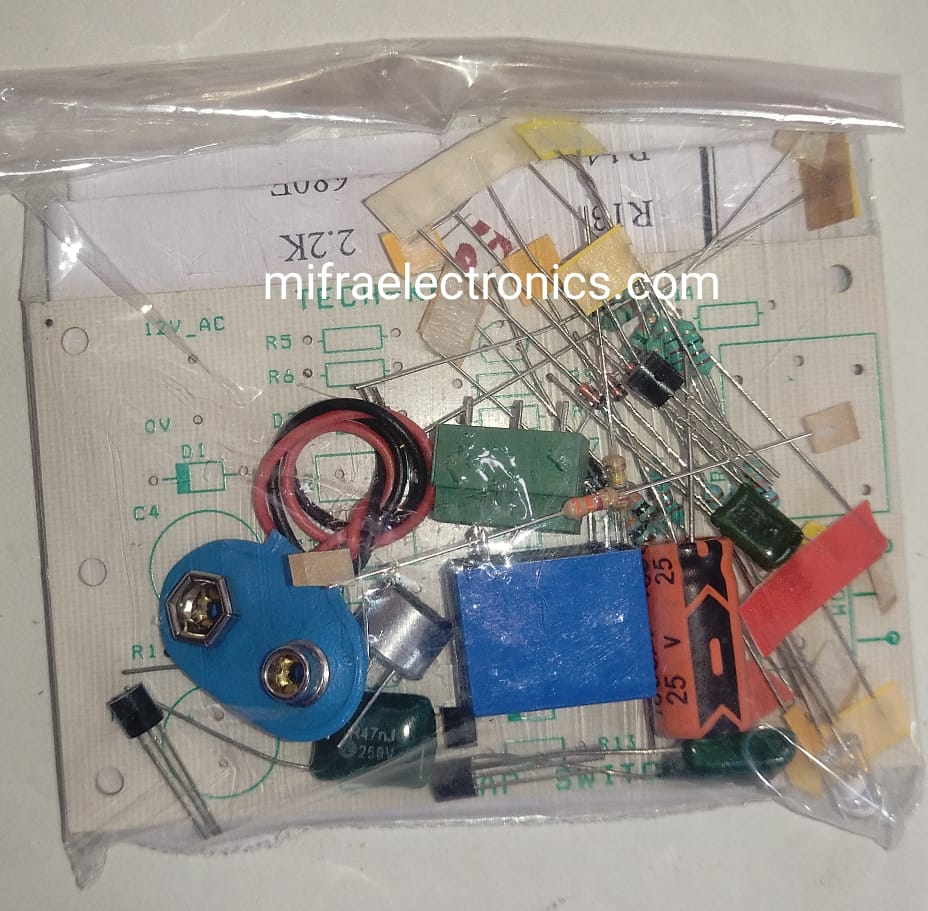
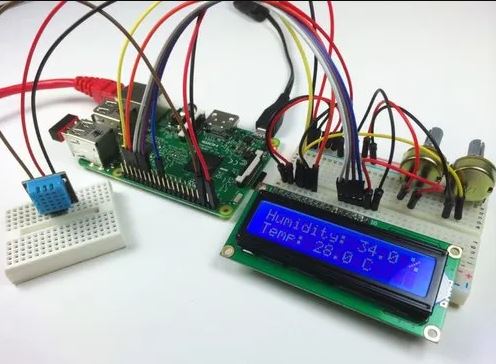

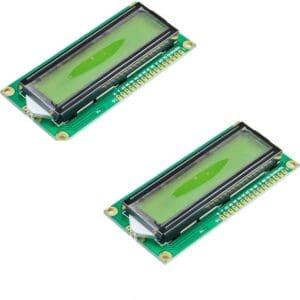
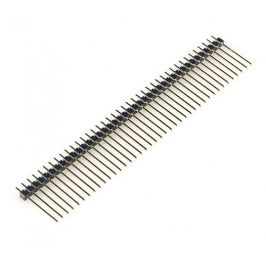
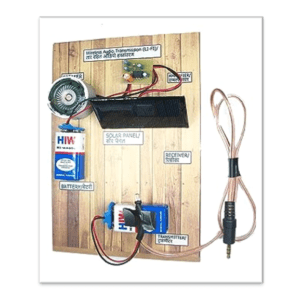
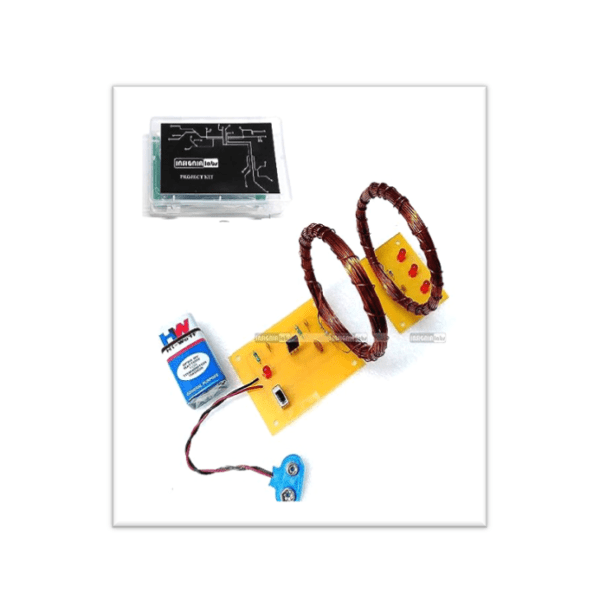
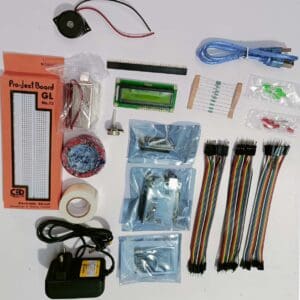
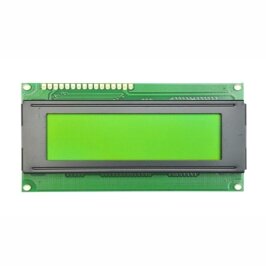
Reviews
There are no reviews yet.